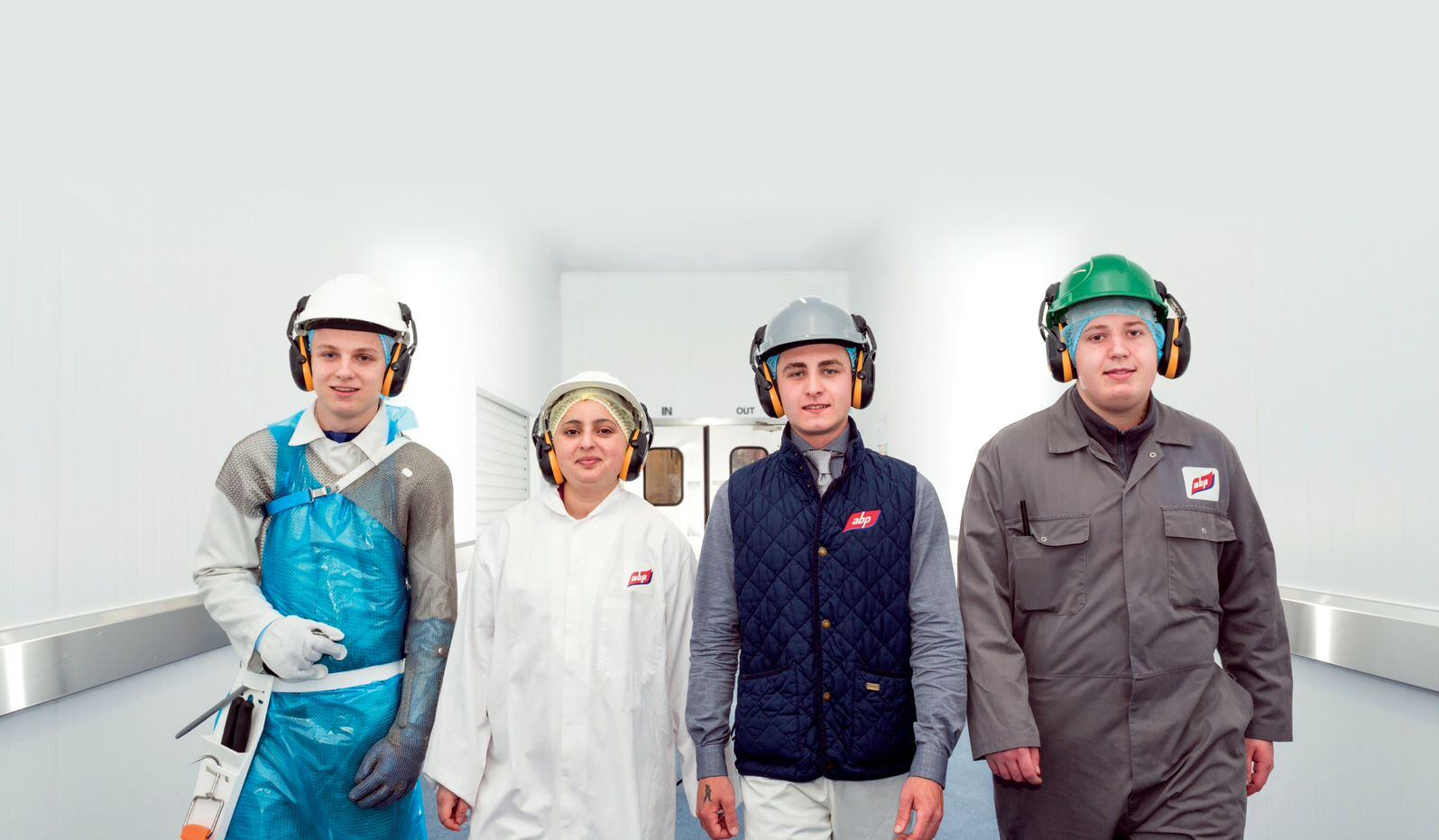The HCC’s latest market bulletin reports that prices for sheep and beef cattle went through a turbulent period in the spring, as initial lockdowns and closure of foodservice outlets hit. However, a recovery followed, with consistently strong prices recorded in the summer and autumn.
As of mid-December, liveweight prime cattle prices were down slightly from their peak to an average of 211.3p per kg. This was over 27p higher than the corresponding period in 2019, and 19.7p above the five-year average.
Lamb prices, meanwhile, stood at 215.2p per kg, 27.2p higher than levels in the previous year, and over 44p higher than the five-year average.
Strong demand
According to HCC’s analysis, domestic retail demand for beef and lamb remained strong, helped by fewer imports and positive responses to marketing campaigns designed to inspire consumers to cook more adventurous meals at home.
Exports to Europe recovered better than expected, as processors and exporters were able to supply Welsh lamb quickly into re-opening markets, helped by a favourable exchange rate.
The fluctuating patterns are reflected in unusual throughput statistics. UK cattle slaughtering was higher than usual in March through to August, but lower at the beginning and end of the year due to tighter supplies.
Pig prices have fallen steadily since their peak in July, largely due to instability in the global market in mainland Europe and Asia, related both to COVID-19 and African swine fever.
Unpredictable outlook
The outlook for next year is very difficult to predict, said John Richards, HCC’s industry development and relations manager.
“The support from domestic retailers and consumers – as shown by large increases in purchases of lamb and beef including strong demand for premium and cheaper cuts – has been a great help to the sector this year, in making up for the huge disruptions in the hospitality and catering industry,” Richards said.
“A combination of a favourable exchange rate and our ability to respond quickly to recovering demand in Europe and the Middle East has also helped the Welsh lamb sector in particular. Exports to some countries such as Italy and the UAE are actually well up on 2019.
“Towards the end of the year we’ve seen a tightening of domestic supply and slight increase in imports into Britain but the outlook for the next few months could hardly be less clear,” added Richards.
“Further lockdowns, trade disruption at ports, and the possible imposition of tariffs on trade between the UK and Europe in January are all factors which is adding to the uncertainty at present.”




